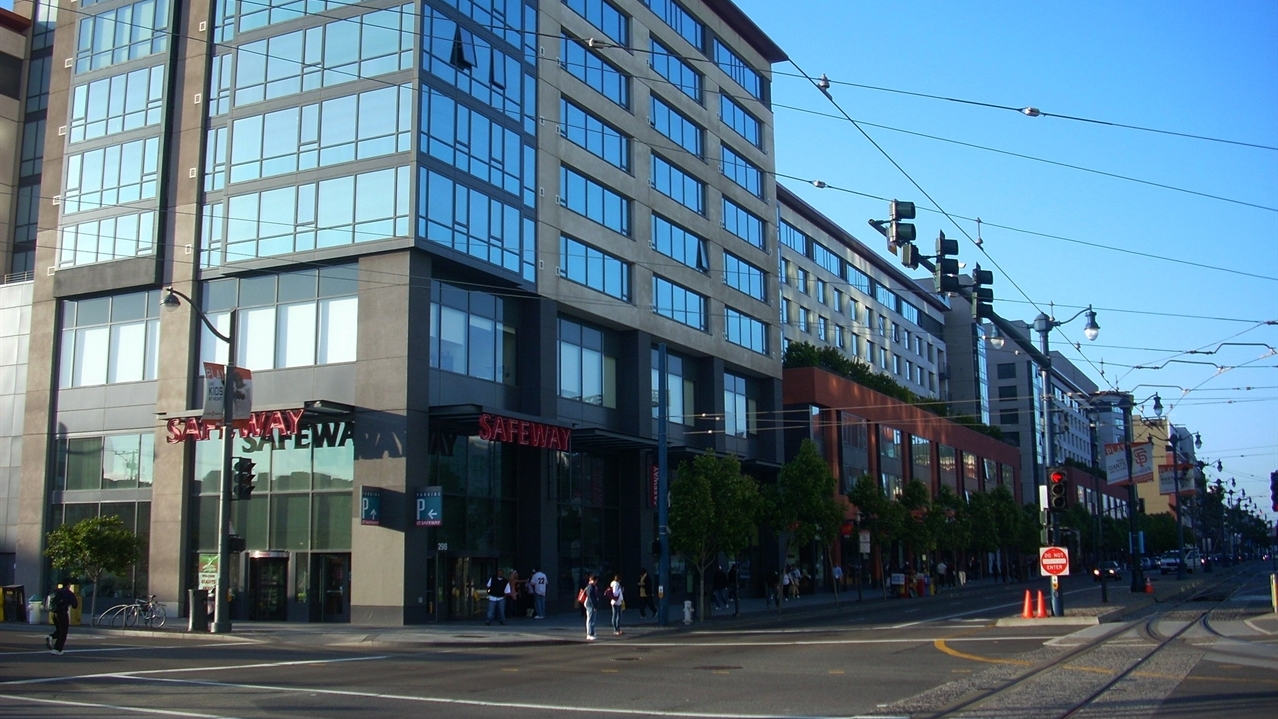Homes for a Changing Region Series: Transit-Oriented Development

This post is the second post in a series of five that Metropolitan Planning Council (MPC) is running on its Homes for a Changing Region project, a collaboration with Chicago Metropolitan Agency for Planning and Metropolitan Mayors Caucus that uses demographic projections and housing stock studies to inform housing plans for various Chicagoland municipalities.
To view the other posts in the series, please see below.
The most clearly defined trend that occurred throughout all of the Homes communities we looked at was that of transit-oriented development (TOD). This may seem surprising, given how suburbs developed as automobile-dominated in contrast to the density of big cities, but that is precisely why communities are now focusing so much effort on TOD. For the first sustained period in modern history, Americans are driving less than they did before, and automobile dependence has decreased across a variety of measurements, particularly amongst young people. For many reasons, people are depending less on cars, and suburban communities must adapt to that trend.
For those suburbs with a Metra rail connection to Chicago, Homes stressed the importance of developing around their train stations. Easy train access greatly expands the mobility and the flexibility of travel for suburban residents, particularly with Chicago’s notoriously bad traffic congestion. In this way, TOD places value on train stations as “anchors” of their neighborhoods, and many suburbs have begun to see them as assets and develop around them accordingly. Another benefit of TOD is its emphasis on density; residential density benefits residents by creating demand for services (like retail, restaurants, etc.) and also concentrates infrastructure, which is more cost-effective for municipalities.
Two examples of towns where Homes stressed TOD are Aurora and Oak Forest, two of the first three individual communities studied by Homes back in 2007. While the two towns are different in many respects, both realized the importance of building around their train stations.
South suburban Oak Forest has begun construction on a new Metra station at 159th Street, a process that includes relocating an office and a parking lot. The end result is a plan for a high-density development with 252 apartment units. According to Adam Dotson, Oak Forest’s community development director, these higher-end units will balance out the city’s healthy stock of affordable units. “[These apartments will] help us fill a void at the upper level of our apartment stock,” said Dotson, “which [is an area in which] we are lacking based on the housing study.”
Aurora, 42 miles west of Chicago and the state’s second-biggest city, is considerably larger than Oak Forest and pursuing the same principles. The city is working on TOD around two train stations, one at the downtown Aurora station and the other at the Route 59 station at the border with Naperville to the east. The former has already seen completion of the 96-unit River Street Plaza condos, with additional high-end condos and a downtown shuttle bus still in the works. The area will be anchored by the River Edge Park, a newly constructed music venue right across the street from the train station.
Working with their existing assets during the housing downturn, Aurora saw the park’s construction as the first phase of their TOD plan. According to Bill Wiet, Aurora’s chief development officer, “Now that the housing market is rebounding, we’re getting a lot of interest for residential development next door to the park.”
The Route 59 project, called the “Station Boulevard Plan,” is even larger in scale, with a 327-unit complex (in four buildings) now under construction and a 460-unit complex (in seven buildings) also approved. Both will contain “luxury apartments”—which the Homes plan showed Aurora lacked—and will have a free trolley that runs to the train station, in case factors such as injury or inclement weather make the short walk difficult.
“To be able to get people out of their cars [driving to the station], into luxury apartments or townhouses or row houses near the station, that’s a plus,” said Wiet. “So we used the Homes for a Changing Region plan to show that luxury apartments are not a bad thing if they’re located by transit and highly amenitized.”
Aurora and Oak Forest are doing great work around their Metra stations, but a rail line is not mandatory for TOD to occur. Plainfield, a far-southwest suburb, was supposed to receive a station on Metra’s proposed suburban STAR line, but refocused on bus transit when the STAR line was scrapped. Village Planner Mike Garrigan says that they’ve seen Pace bus ridership “explode,” and are looking to move their Pace Park-n-Ride to a new location with the potential for residential development. And the far-northern suburb of Gurnee is approaching the issue from the opposite direction – instead of developing around a station, Gurnee has begun talks to implement Bus Rapid Transit to help residents more easily get from where they live to where they work.
The prioritization of transit and TOD will only become more important as demographics and driving demand continue to shift. When Dotson spoke about attracting the “new generation” to Oak Forest, he stated, “The only way to get them to move here is that we have to have some type of new rental housing stock near the train station to attract them.” And that ties in perfectly with the next post in this series: housing for people in all stages of life.
